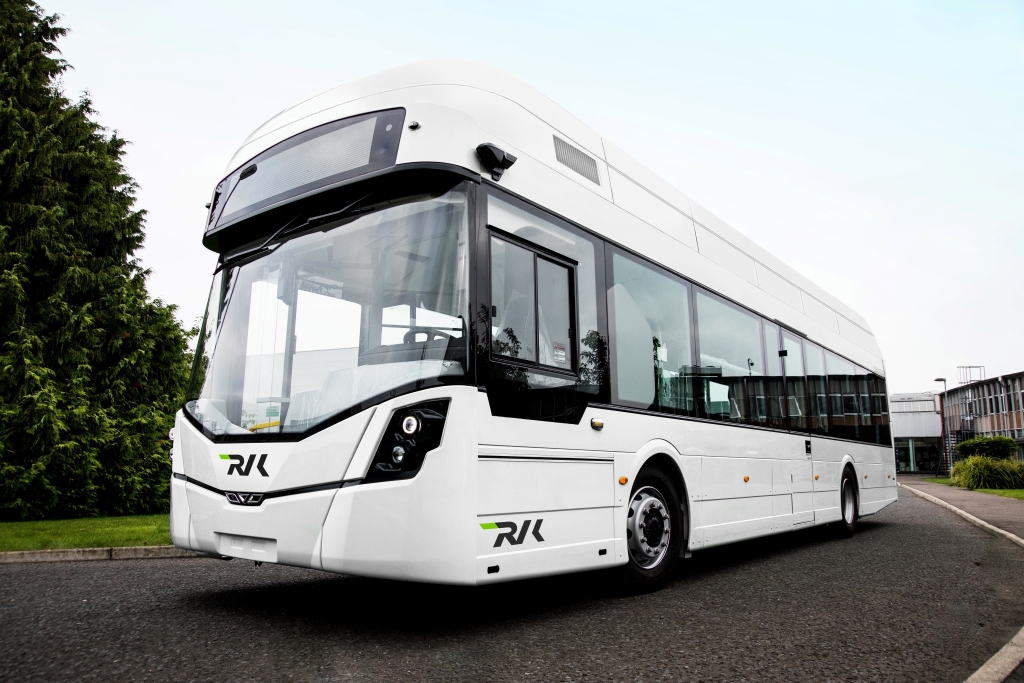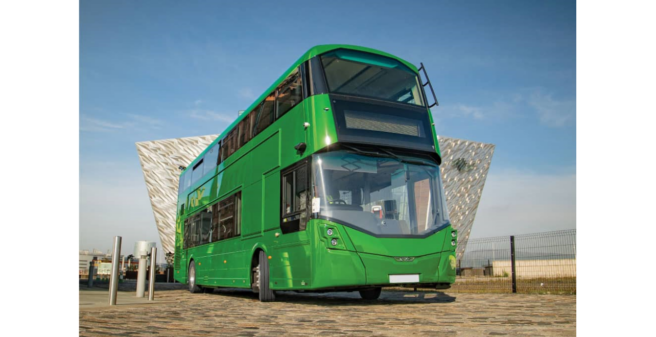
On 31 May 2022 urban-transport-magazine reported that Regionalverkehr Köln has placed a firm order for 20 hydrogen buses of the type “GB Kite Hydroliner FCEV” with Wrightbus from Ballymena in Northern Ireland – there is an option for a further 40 coaches. This is an unusual announcement, as Wrightbus (also known as “Wright” for short) has delivered and continues to deliver a large number of buses to Great Britain and Ireland, but is actually completely unknown beyond the islands, i.e. on the “European continent”.
So let‘s take a look at who Wrightbus is.
The foundation
In 1946, Robert Wright and his son William founded the company Robert Wright and Son Coachbuilders. Son William took over the management from the beginning, father Robert was responsible for the technology. The company is based in Ballymena near the east coast of Northern Ireland.
The history of Wrightbus
In 1950, the young company receives its first major order. The “Tyrone County Education Committee” orders several school buses from Wright, which are built on chassis from the British commercial vehicle manufacturer Commer.
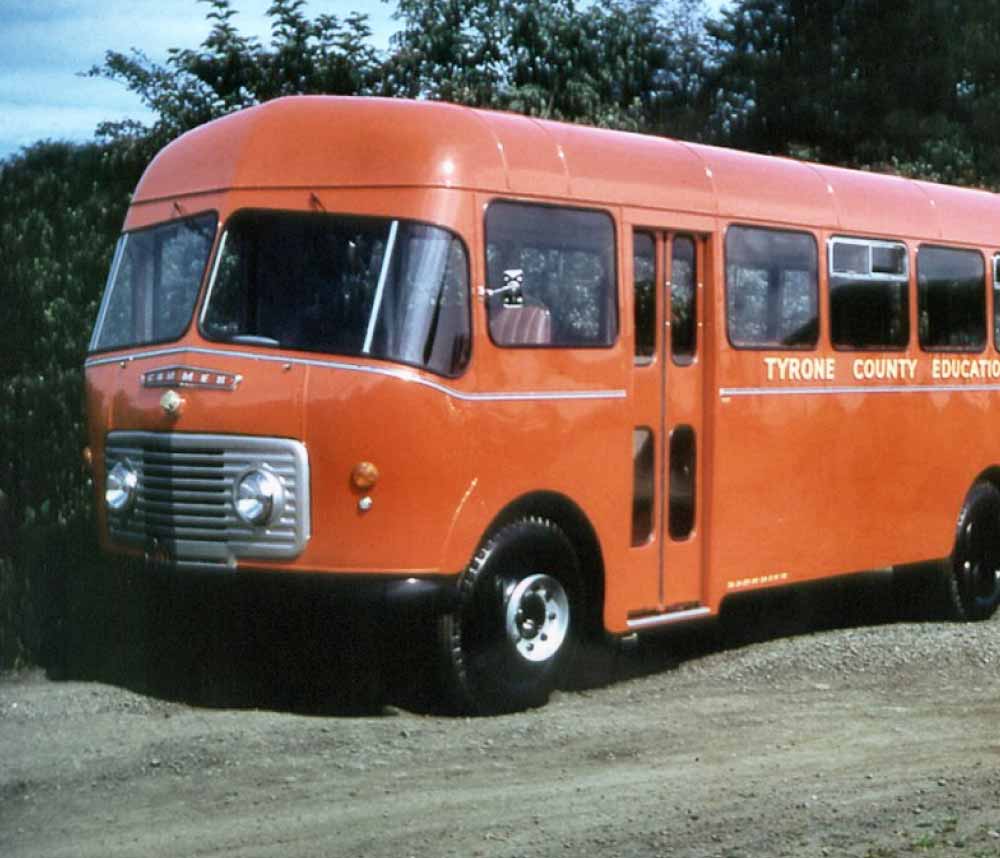
In the early years, Wright also earned its money by putting new bodies on old chassis. By 1960, after 14 years, the small coachbuilder had become a large company with many employees. The management of the company remains in the hands of Robert and William Wright. In 1967 Jack Kernohan designs a truck body for skip loaders and a trailer for transporting excavators. Kernohan is one of the most valued employees of father and son Wright.
In 1973 Wright is able to deliver an order for 20 buses of his type “Endurance” to “Greater Manchester Buses”. The initials GM of this company become the nickname for these buses: “GM buses”. The Wright factory now offers so much space that they can all be built at the same time, And Wright receives the “Superbus” award for them.
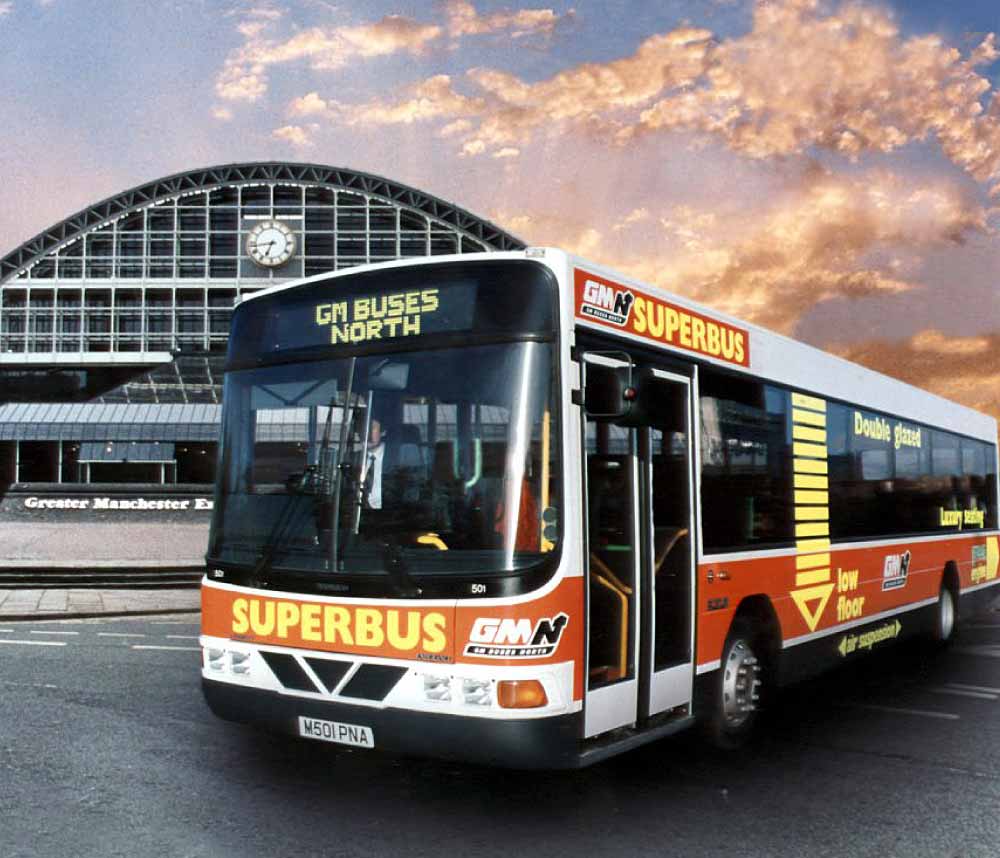
In 1978 Wright delivers its first bus with an aluminium body. Five years later, in 1983, Wright also begins to build coaches that offer upscale luxury. The series is given the name “Contour”. Wright says today that in terms of design, the Contour was clearly ahead of its time. And indeed, one thinks one can recognise a certain similarity to Neoplan, and in styling Neoplan was always a good deal ahead of its competitors.
In 2001, the first articulated bus (British nickname “Bendibus”) leaves the factory in Ballymena. The vehicle goes into testing on London’s 207 line. Wright says about it today: “Articulated buses should make trams superfluous.”
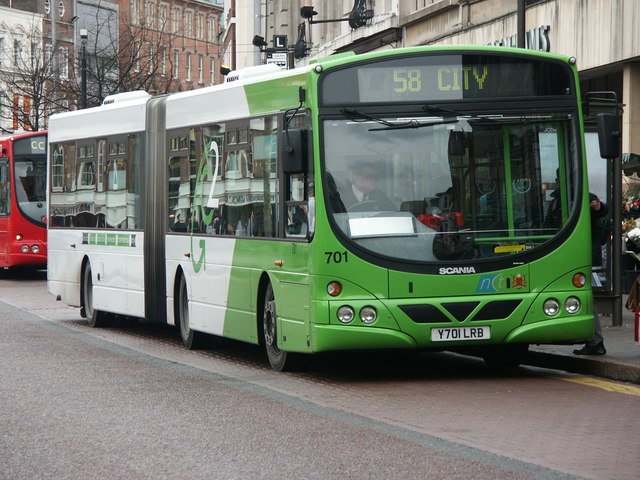
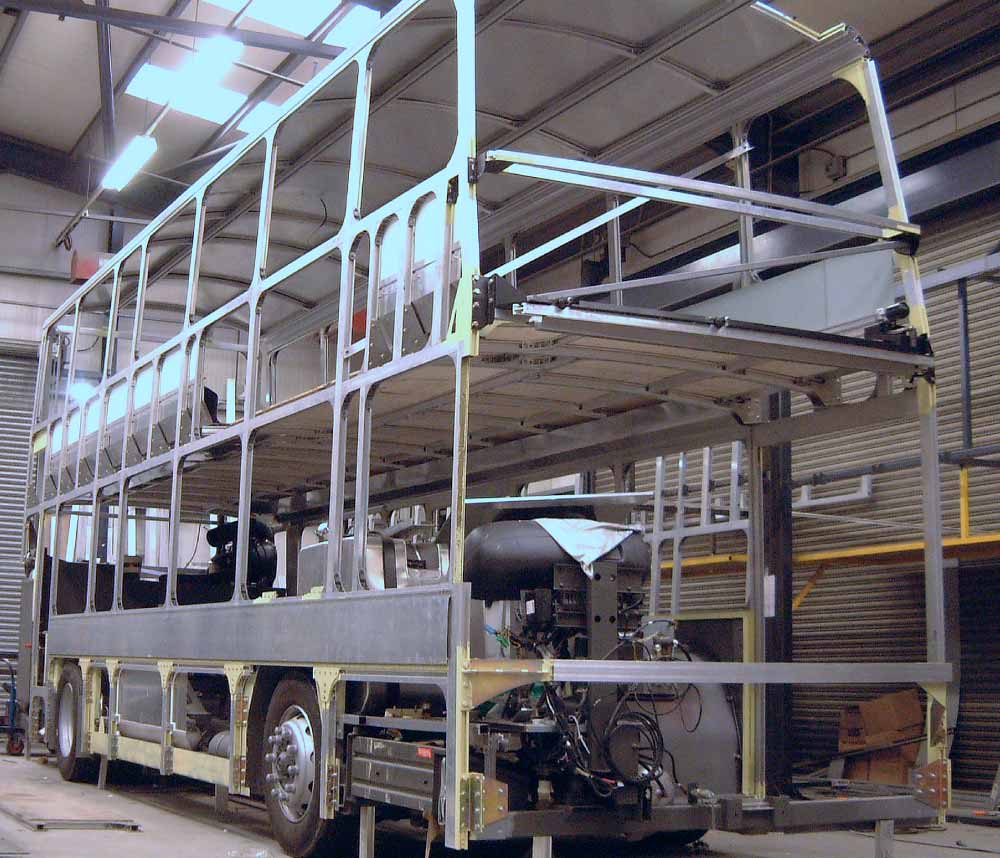
In 1978 Wright delivers its first bus with an aluminium body. Five years later, in 1983, Wright also begins to build coaches that offer upscale luxury. The series is given the name “Contour”. Wright says today that in terms of design, the Contour was clearly ahead of its time. And indeed, one thinks one can recognise a certain similarity to Neoplan, and in styling Neoplan was always a good deal ahead of its competitors.
In 2001, the first articulated bus (British nickname “Bendibus”) leaves the factory in Ballymena. The vehicle goes into testing on London’s 207 line. Wright says about it today: “Articulated buses should make trams superfluous.”
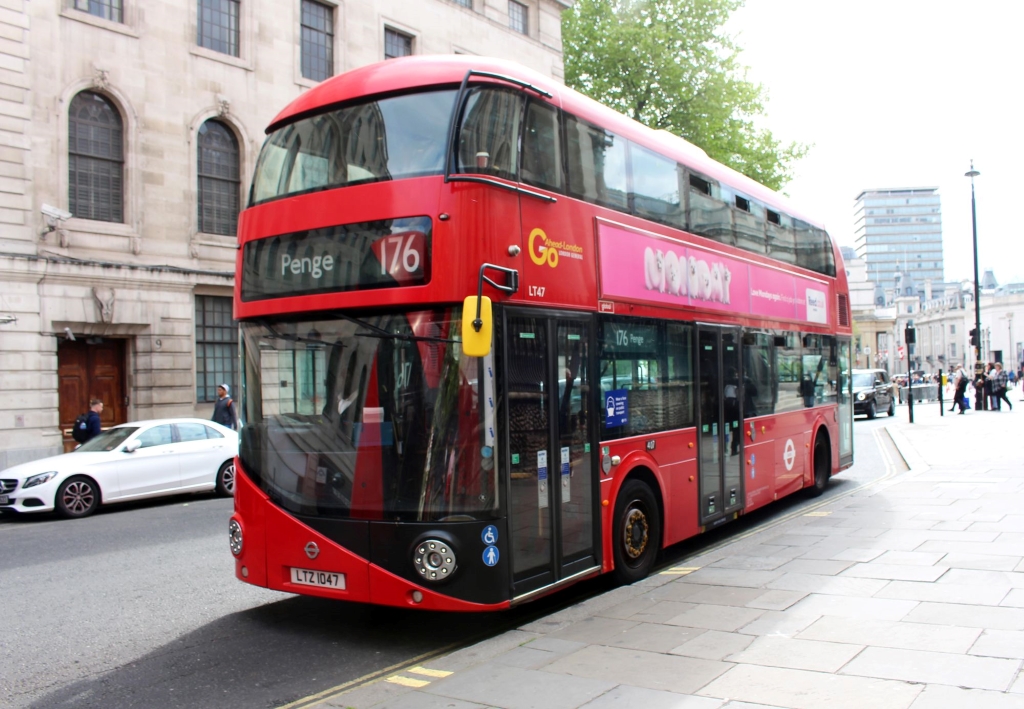
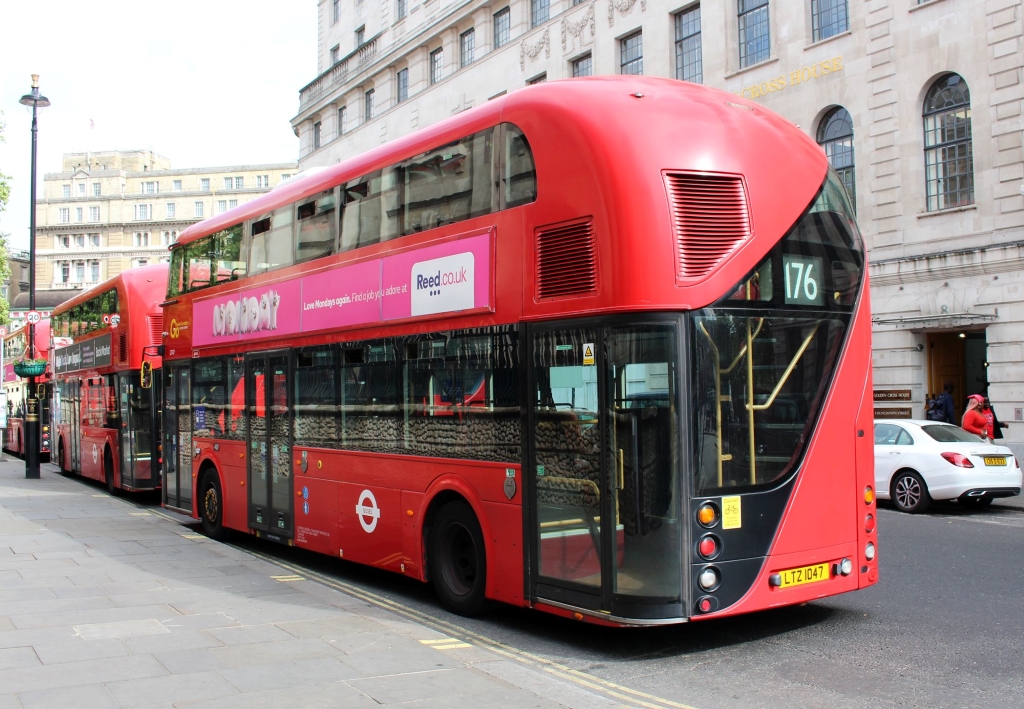
2006: Wrightbus takes stock on its 60th anniversary. The 60 years have not always been easy. “But at Wright we don’t believe in easy solutions either.”
In 2011, Wright created the first prototypes of the bus that is now probably the best-known product of the Northern Irish company outside the United Kingdom. We are talking about the double-decker that is to succeed the legendary London Routemaster (chassis: AEC, body: Park Royal). The main driving force behind this project was the then Lord Mayor of London, Boris Johnson. Who is known today in a different capacity. Johnson proves to be truly conservative, for he insists that the new double-decker be given a few of the old Routemaster’s peculiarities on its journey through life. Although the “Borismaster” is quite different from its predecessor in that it is even a three-door model (the Routemaster only had an open rear platform), Johnson insists that the new one should also have an open rear platform. It is pointed out to Johnson that the bus in this version is not allowed to run as a one-man coach, but would then have to run with a conductor on the line, which would make the use of these coaches considerably more expensive. But Johnson is not dissuaded from his idea. The first “Borismasters” actually hit the streets with an open rear platform.
The new double-decker, which is based on a Volvo chassis, is being built by Wright. The Northern Irish bus builder has to stick to the ideas of its client.
Series production of the “Borismaster” will begin in 2012. Soon, for safety reasons, new coaches will be delivered only with a closed rear platform, and the third door will be retrofitted on the older double-deckers already in use. (Something similar happened around 1960 with the BVG in Berlin: the double-deckers of the legendary type Büssing-“D 2 U”, which until then had travelled through the city with an open rear platform, now also get doors in the rear).
In 2017, Wright built exactly 1000 examples of the “Borismaster”. And this marks the end of production of this type. The sober commentary on this is: due to specific features that the customer (Transport for London) wanted, the successor to the Routemaster did not prove particularly successful. Its prototype, the Routemaster, made it to well over 3000 units, and they were so solid that in many cases – with daily use – they lived to be around 50 years old. In a sense, “indestructible”.
But in 2017 not only the construction of the “New Routemaster” (“Borismaster”) comes to an end, but also the first bus with hydrogen drive leaves the factory halls. So Wright is also at the forefront of introducing new technologies.
And to give you an idea of the size of the company: in 2017, Wrightbus achieved a turnover of 181 million British pounds.
Let’s go back to 2014: Wrightbus presents the new “Streetdeck” double-decker series. Very soon it will also be launched in a hybrid version and as a battery electric bus. And the hydrogen-powered version is also only waiting until 2020. Wright: “We are now the leader of the transport industry towards green mobility.”
In 2019, Wright goes bankrupt. Across the bus industry, orders have plummeted. However, the company manages to find a new owner amazingly quickly, within a few weeks. The new owner takes over the company and continues to run it. The new owner is Jo Bamford, the new parent company is the “Bamford Bus Company”. Well known from Jo Bamford’s “empire” are the construction machines of the manufacturer JCB.
In 2021, Wrightbus introduces the “Hydrolliner”, a new type of double-decker. It produces its own traction current in a fuel cell. The first Hydroliner goes to the First Group for Aberdeen, but also in 2021 the first Hydroliner is delivered to London.
Also again 2021, Wrightbus presents a new battery-powered double-decker called “Blue Electroliner BEV”. And also in 2021, Wright buses are now also available with a telematics system.
In 2022, Wrightbus receives its first order in the company’s history for buses for a country with right-hand traffic with an order from Regionalverkehr Köln (RVK). One might wonder how this order came about. RVK has a very simple answer to this question: Wrightbus submitted a very economical offer. Moreover, this offer was also very good in terms of service once the wagons were in operation.
And also in 2022, the National Transport Authority (NTA) of the Republic of Ireland ordered 800 battery-electric double-deckers. The cars are to be delivered within five years. 100 “Streetdeck Electroliners” are already firmly earmarked for the Irish capital Dublin, 20 more are to go to “Bus Eireann”.
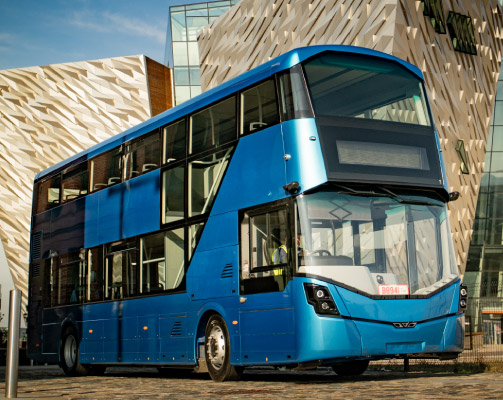
The Wrightbus story shows that this is not a small company and that they have always been at the forefront of technical innovations, if not instigating them themselves.
The factories
Today Wrightbus has factories in Ballymena and in Galgorm. And the company employs 1,400 people.
Wrightbus takes a decidedly international stance
A very economical offer to RVK? This does not only indicate that Wrightbus is confident of being able to deliver at attractive conditions, but also that they want to open up new markets in Ballymena – for example the German market. This fits in with the fact that Wright has deliberately appointed European managers to its management team in recent months. The first was Frenchman Jean-Luc Deflandre, who has been head of sales at Wright since the beginning of the year. Deflandre first worked in sales for the Chinese electric bus manufacturer BYD and then moved to the management of the Dutch electric bus start-up Ebusco, founded in 2012. The fact that Ebusco has become one of the big players in the field of electric buses in the only ten years since it was founded, and that it is also advancing the entire industry with groundbreaking innovations – the new electric bus “Ebusco 3.0” with its composite body and underfloor batteries is one example – is not least thanks to the previous head of sales, Jean-Luc Deflandre.
As of September, the German Jörg Hofmann will now succeed him as CEO (Chief Executive Officer), i.e. the top boss (chairman of the board) of the company. Hofmann is also an experienced veteran in the field of automotive engineering: until now he was CEO at the British LECV (London Electric Commercial Vehicles), which produces a battery-electric version of the famous London taxi. Just recently, LECV was able to deliver a whole series of electric “London” taxis to several German cities.
As of September, the German Jörg Hofmann will now follow as CEO (Chief Executive Officer), i.e. the top boss (chairman of the board) of the company. Hofmann is also an experienced veteran in the field of automotive engineering: until now he was CEO at the British LECV (London Electric Commercial Vehicles), which produces a battery-electric version of the famous London taxi. Just recently, LECV was able to deliver a whole series of electric “London” taxis to several German cities, where these vehicles are used in on-demand transport. Examples are – and in alphabetical order – Berlin, Dormagen, Hamburg, Cologne … etc.
Wrigthbus was able to recruit Neill Collins as managing director, who previously held this position at the Austrian company “Rubble Master”, a company for conveyor belts and crushing plants. In a nutshell: Wrightbus is bringing in a lot of international expertise. Wrightbus defines itself with the following statement: “We have a mission to lead the transport industry into a greener future with zero-emission buses based on the lessons we have learned from the past.”
The Wright bus “GB Kite Hydroliner FCEV” for RVK Cologne
Finally, let’s take a look at the buses of the type that Regionalverkehr Köln has now ordered. This Wright series is called GB Kite Hydroliner FCEV. It was first introduced in September 2021. It is a self-supporting bus – without a chassis from another manufacturer, and thus in a sense “from the first to the last screw” a genuine Wright. The coaches are somewhat shorter than usual in Germany (instead of the 12,000 mm used in this country, only 10,600 mm) and also 5 centimetres narrower (2,500 mm instead of 2,550 mm). In height, they measure exactly 3 metres. Their fuel cells come from the Canadian company Ballard and are of the “Ballard FCmove” type. They give the vehicle a range of 1,050 kilometres. The best diesel bus is not able to do that.
